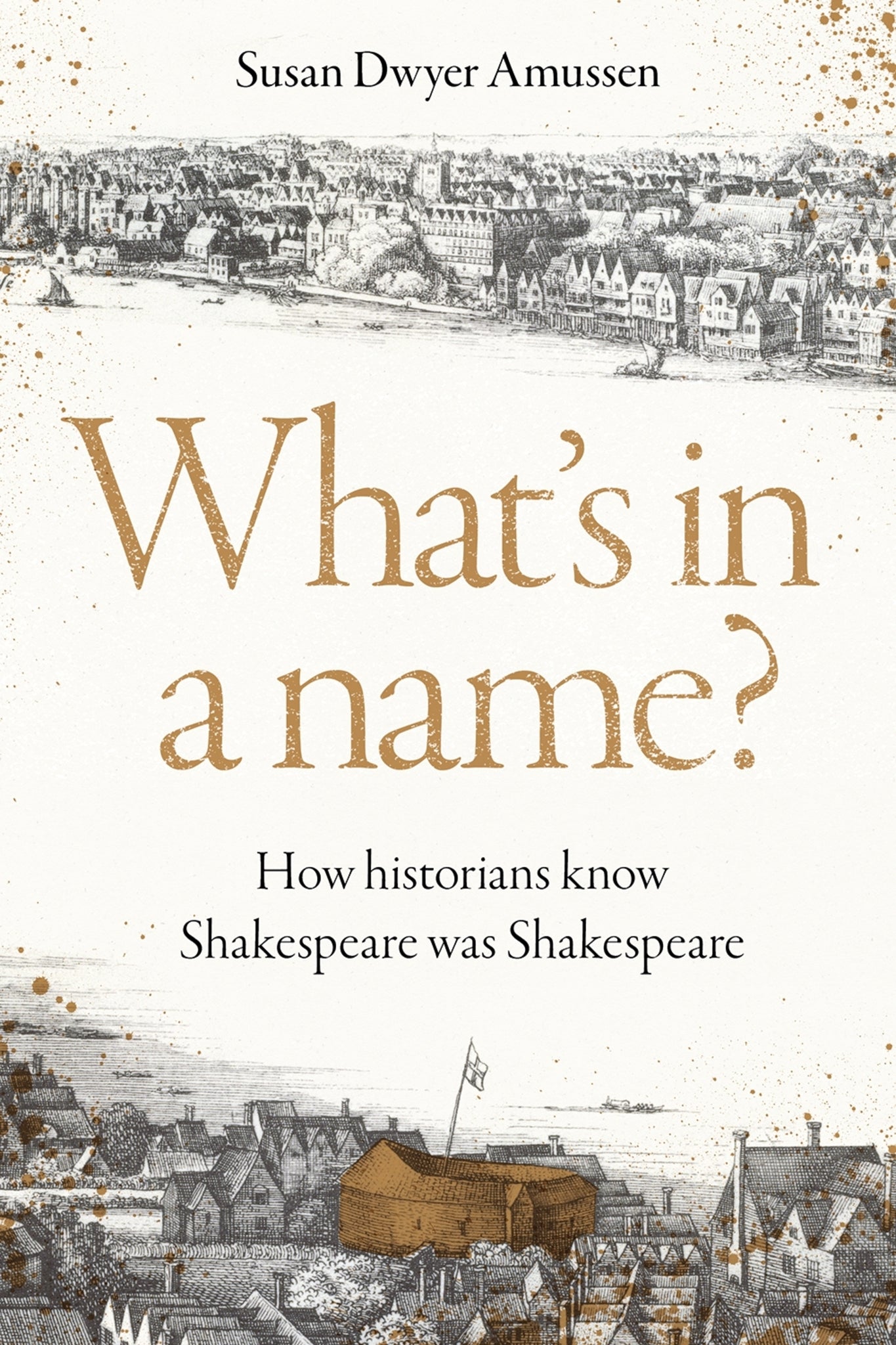We're sorry. An error has occurred
Please cancel or retry.
What's in a name?

A compelling tour of Shakespeare’s England that makes a powerful contribution to the 'authorship question'.
How do we know Shakespeare was Shakespeare? Could a glover’s son who left school at fifteen really be the author behind such masterpieces as Hamlet, King Lear and The Tempest?
Yes! says historian Susan Amussen. She transports readers back to early modern England, to travel the path that carried William Shakespeare from humble origins in Stratford to literary greatness on the London stage. This was a society undergoing rapid change. Grammar schools made education in Latin and Greek available to commoners, while touring players brought the latest dramatic productions to the masses. And in London, a metropolis filled with European visitors, ordinary people had the opportunity to see courtly life up close.
No serious historian doubts that Shakespeare was the author of the plays that bear his name. Susan Amussen shares what they know: that Shakespeare’s England was a complex and cosmopolitan place, with everything a talented young playwright needed to develop his craft and furnish his imagination.

LITERARY CRITICISM / Shakespeare, Biography: arts and entertainment, HISTORY / Europe / Great Britain / Tudor & Elizabethan Era (1485-1603), HISTORY / Europe / Great Britain / Stuart Era (1603-1714), PERFORMING ARTS / Theater / History & Criticism, Social and cultural history, Literature: history and criticism

Prologue
Part I: Stratford
1 How to be an (early modern) historian
2 Stratford and the Shakespeares
3 A grammar school education
Part II: London
4 An early modern metropolis
5 Work, sex and pleasure in the capital
Part III: The theatrical world
6 Theatre before Shakespeare
7 Becoming Shakespeare at the Rose and the Theatre
8 House-keeper at the Globe and Blackfriars
9 Retirement
Epilogue
Index




